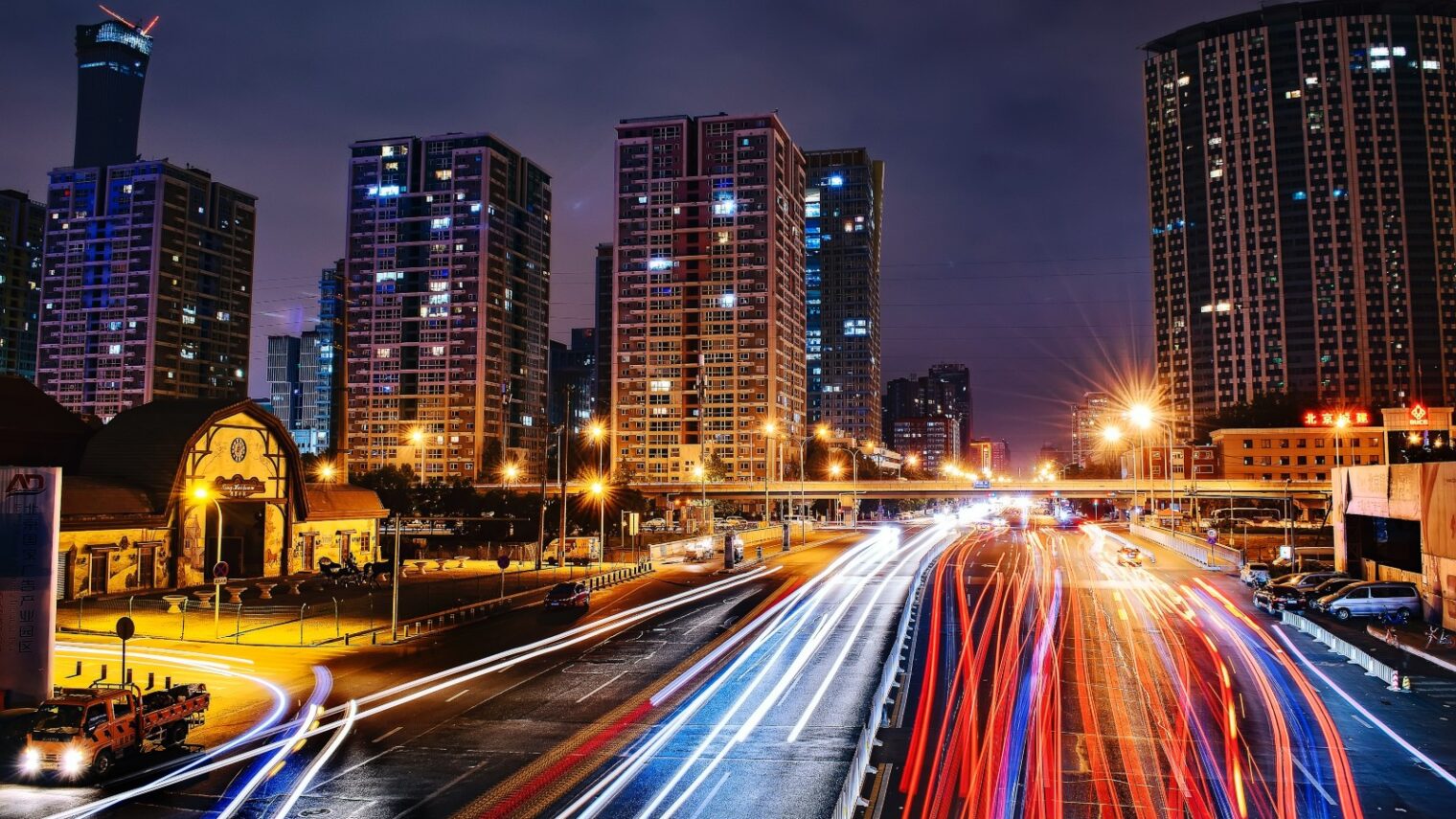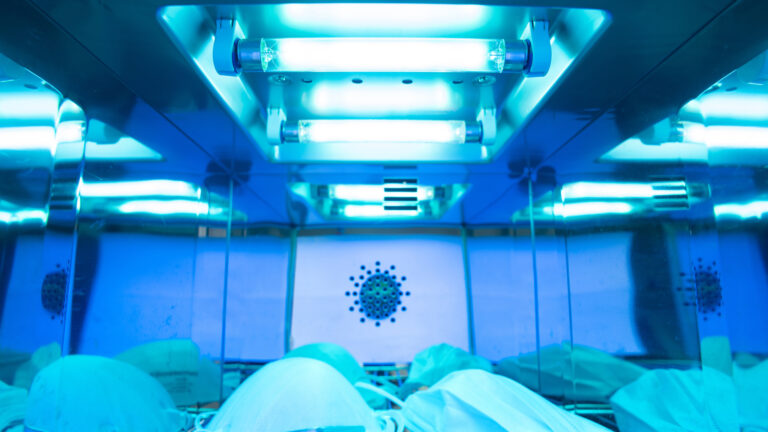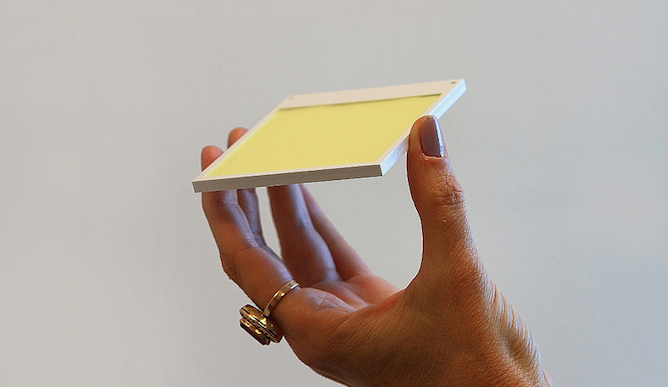Flip a switch, and darkness disappears. Electric light has been a miraculous gamechanger in human productivity and safety over the past hundred years.
And yet… the intensity and magnitude of indoor and outdoor artificial light at night (ALAN) has a dark side.
One problem is that messing with natural cycles of light and dark can have dangerous effects on the biological rhythms of people, animals and vegetation.
Scientists have already discovered that artificial light at night has an impact on human metabolism, causing sleep disorders, obesity, diabetes and certain types of cancer.
This is especially concerning for night shift workers such as nurses and flight attendants. In June 2019, a working group convened by the International Agency for Research on Cancer concluded that night-shift work is probably carcinogenic to humans.
ALAN has also been found to severely disrupt the reproductive activity of animals ranging from corals to crickets.
On the seashore, light at night is proving life-threatening to sea turtle hatchlings, disorienting them and exposing them to predators as they make their way to the water.
It can also lead migratory birds astray and makes them collide with illuminated objects.
Even plant development is affected by throwing off the timing of pollination, flowering and leaf drop. Pollination is further disrupted by the helpless attraction of insects to streetlamps.

“Plants and animals – including humans — all have biological clocks. The timing of different processes depends on cues of light and darkness, which change across latitudes and seasons,” says Hebrew University Prof. Noam Levin. “Exposure to ALAN causes much damage to these inner clocks.”
Light pollution
Another problem is that ALAN causes “light pollution” that obscures the night sky.
Keren Levy, a researcher in the School of Zoology and the Steinhardt Museum of Natural History at Tel Aviv University, estimates that more than 80 percent of the world population lives under light pollution. That number will increase, as the use of light at night rises by 5% every year.
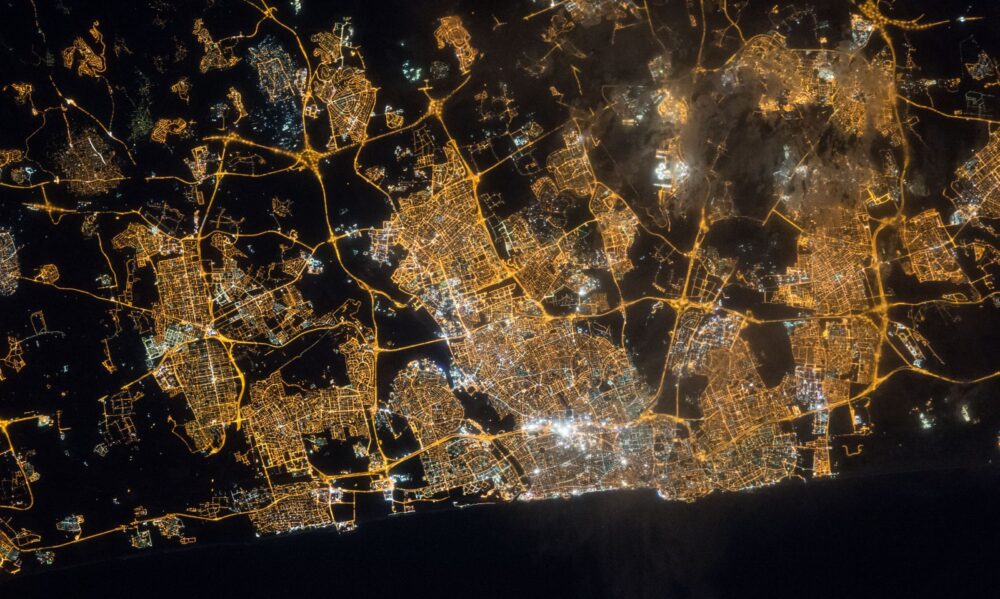
“We call something ‘pollution’ when we are adding material or energy that may already exist naturally but in a way that leads to negative impacts,” says Levin, who studies ALAN as an indicator of human activity and as a source of light pollution.
“Because it’s a new phenomenon, it took a while to be noticed, unlike water or air pollution. Astronomers first noticed in the early 1970s that light pollution was threatening their ability to make observations of the sky at night,” says Levin.
“Why should we care about this? Until modern days, stars served as our GPS and our clock. They are also a source of inspiration. To understand our place in the universe, we conduct a lot of basic research in space and astrophysics, and that means we must be able to make observations,” he explains.
“In the natural dark sky you can see perhaps 5,000 stars and the Milky Way. In cities, light pollution is so bad that we cannot see the Milky Way or many stars at all, so our experience of nature is deprived.”
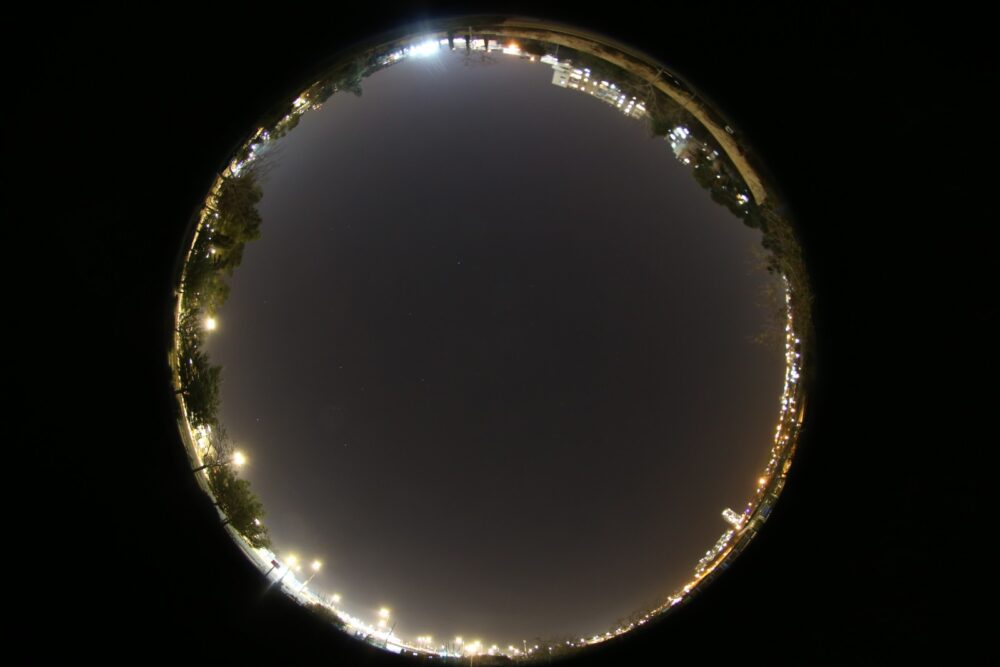
The two faces of LED
Artificial light at night may have been a problem for years, but since 2014, when three Japanese scientists shared a Nobel Prize in 2014 for inventing blue LED (light emitting diode) bulbs, the problem has intensified.
LEDs are up to 90 percent more energy-efficient than incandescent, fluorescent or halogen bulbs, but they can wreak havoc on our health, Levin explains.
“When the photoreceptors – ganglion cells — in our eyes are exposed to blue light, our brain understands it is now daytime. This affects the secretion of the melatonin hormone that governs many bodily processes,” says Levin.
“In hospitals, you need bright light at night so that healthcare workers remain alert, and LED is one way to achieve that,” he adds.
“But nowadays streetlights and car headlights are transitioning to LED. They cause high glare, and many types of LED bulbs give off significant blue light. We need to rethink this policy.”
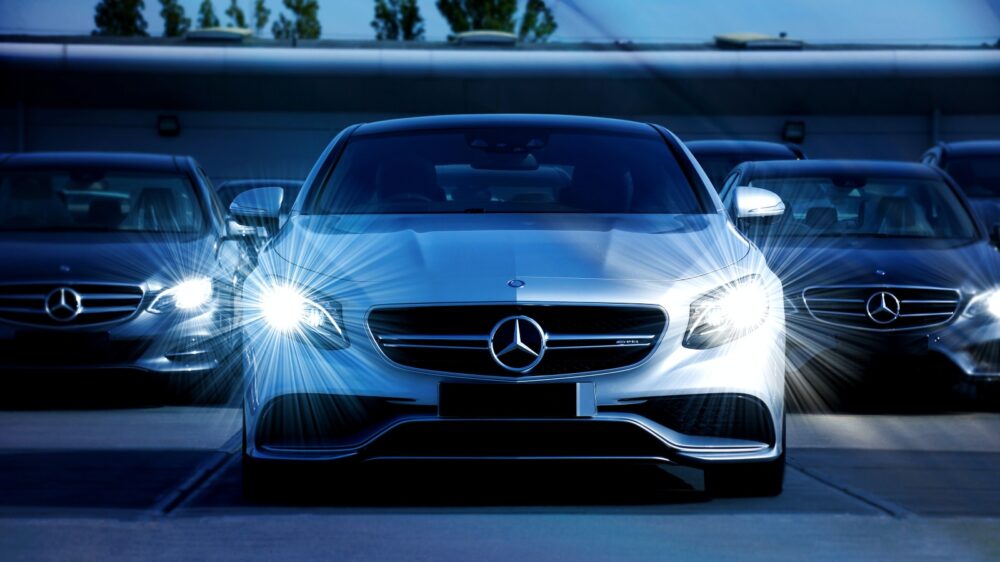
The good news: “In comparison to other types of pollution, light pollution is relatively easy to handle,” says Levin. “It doesn’t persist in the air or water. It can be managed.”
Read on for Levin’s 10 tips on reducing the negative impact of artificial light at night.
10 tips for reducing the negative impact of artificial light at night
- Get outdoors into the sun daily if possible. Our circadian rhythm depends on exposure to sunlight in daytime no less than to darkness at nighttime.
- To decrease exposure to blue light at night, purchase “warm white” or yellow LED bulbs. Look for the CCT (correlated color temperature) on the box; choose a low (warmer) CCT of 2700 or 3000 Kelvin.
- Don’t buy a brighter bulb than you really need. Softer lighting is adequate for most home settings.
- Instead of outdoor LED globe lights or streetlights that shine light upward, individuals and communities should choose 2700 CCT LED lights directed downward. If your local government is transitioning to LED streetlights, make your voice heard on this issue.
- If you live in a place with bright streetlights, install blackout shades on your bedroom windows to avoid sleep disturbances.
- Rid your bedroom of all small LED lights emanating from electronic devices such as clocks, chargers and tablets.
- If you read paper books before going to sleep, use warm yellow light to illuminate the pages. If you read ebooks, set the screen to night mode and choose a yellow or orange shade – or simply refrain from looking at screens an hour or two before bedtime.
- When you buy a car, ask if it is possible to choose less powerful LED headlights. Levin says if there is enough demand from the public, carmakers may offer options that contribute less to light pollution. “We light our world more and more just because we can. I guess because car manufacturers can install powerful LED headlights, they do it without thinking about the high glare these lights cause.”
- Don’t leave lights on all night in your home. If you must have some lights on, use a dimmer switch or an orange/red night light.
- Turn off any lights, indoor or outdoor, when not needed. It will save you money and help preserve natural circadian rhythms.




